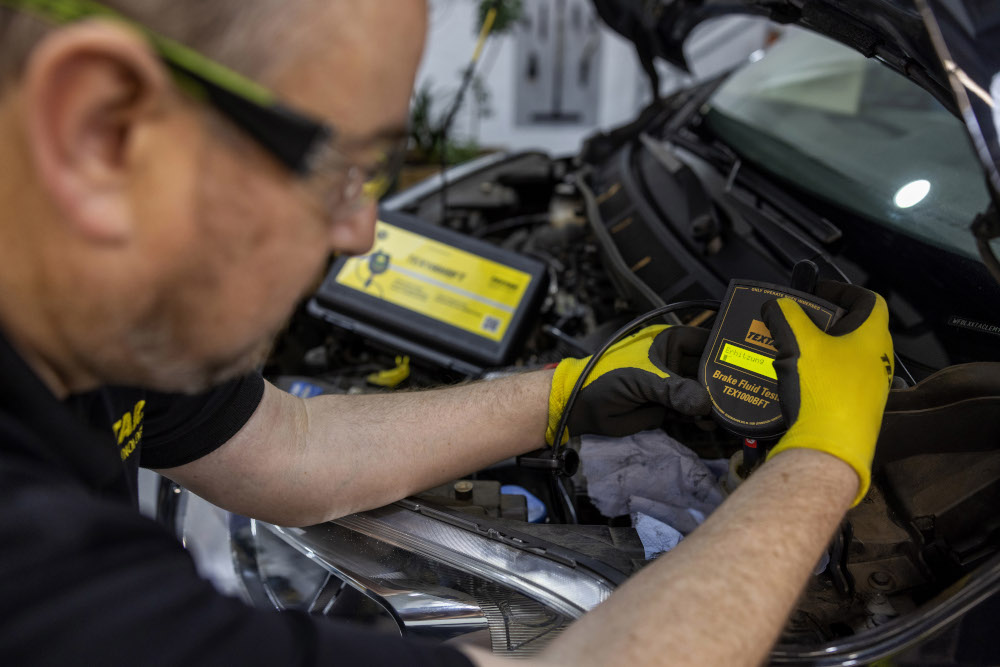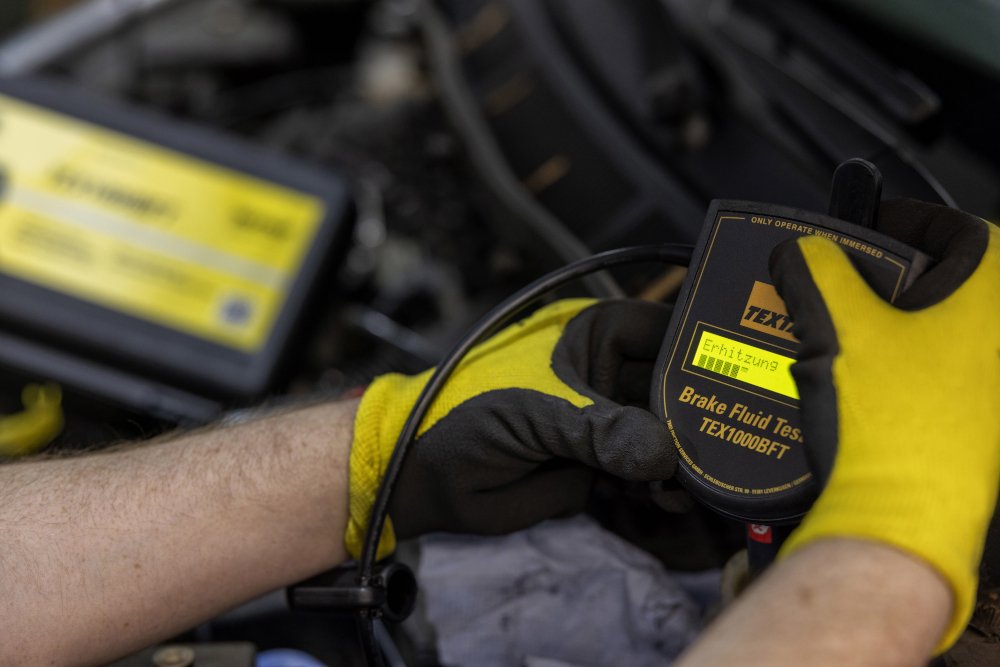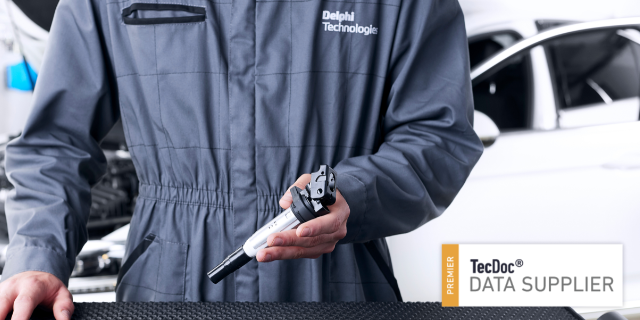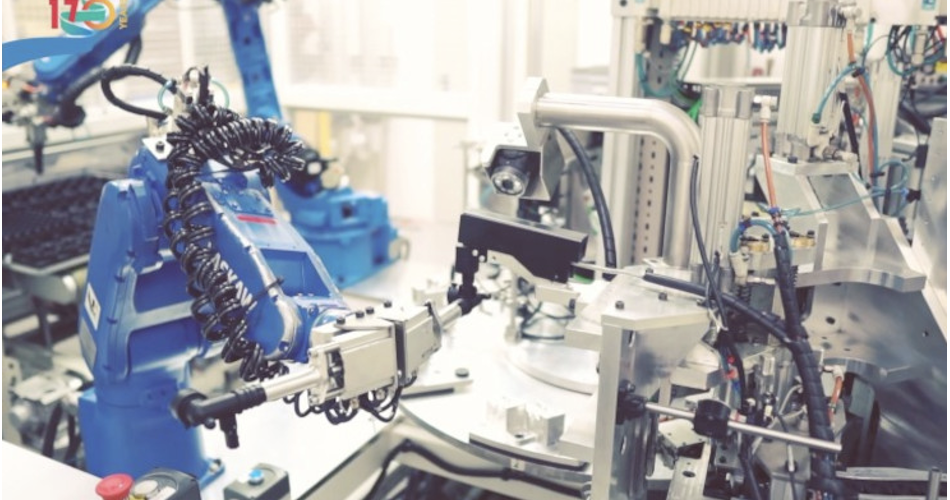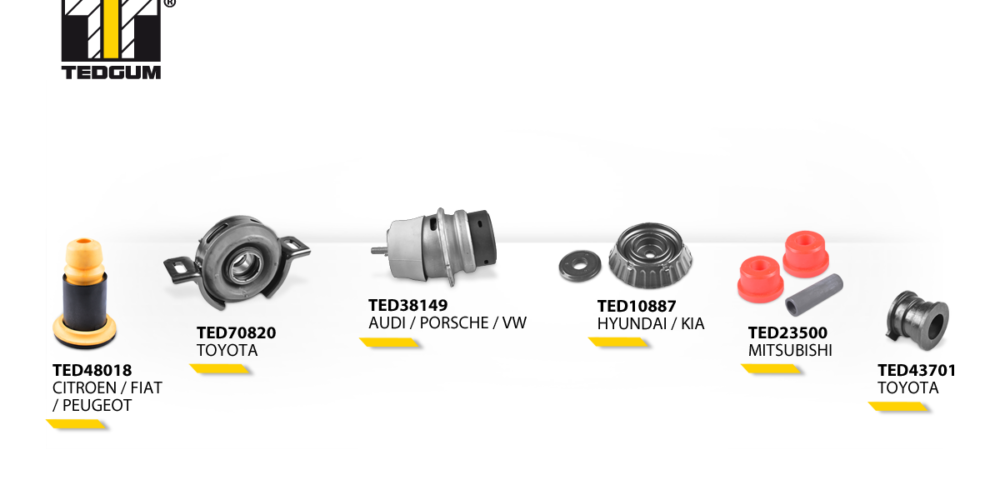Aftercare tips to ensure good performance
Following a brake replacement, many customers think that once they leave the garage, the job is done. But there are certain things drivers can do to bed in their new brand-new brakes to make sure they are performing their best. Scott Irwin, Head of Technical Training at Textar, a leading global manufacturer of brake friction products, advises his top tips for aftercare following brake replacement.
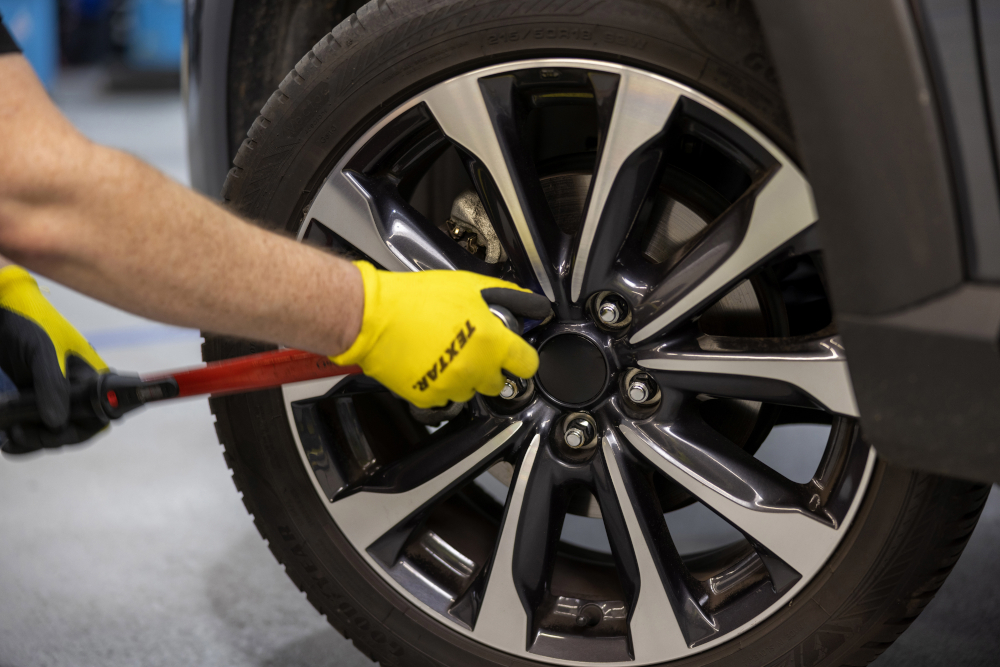
We recommend passing on some aftercare tips to the customer once the brakes have been replaced so they can get the best performance and longevity out of their new brakes.
Bedding in: ‘breaking in’ the new brakes
Bedding in refers to the procedure of treating the brakes gently for the first 120 miles/200km to fully condition the brake pads to the discs and maximise braking performance. Bedding in the new brakes is key. Especially for coated discs, bedding in ensures the coating does not become embedded in the friction surface of the brake pads. For coated discs, brake gently and carefully from a maximum speed of 30mph/50kmh to ensure proper bedding in.
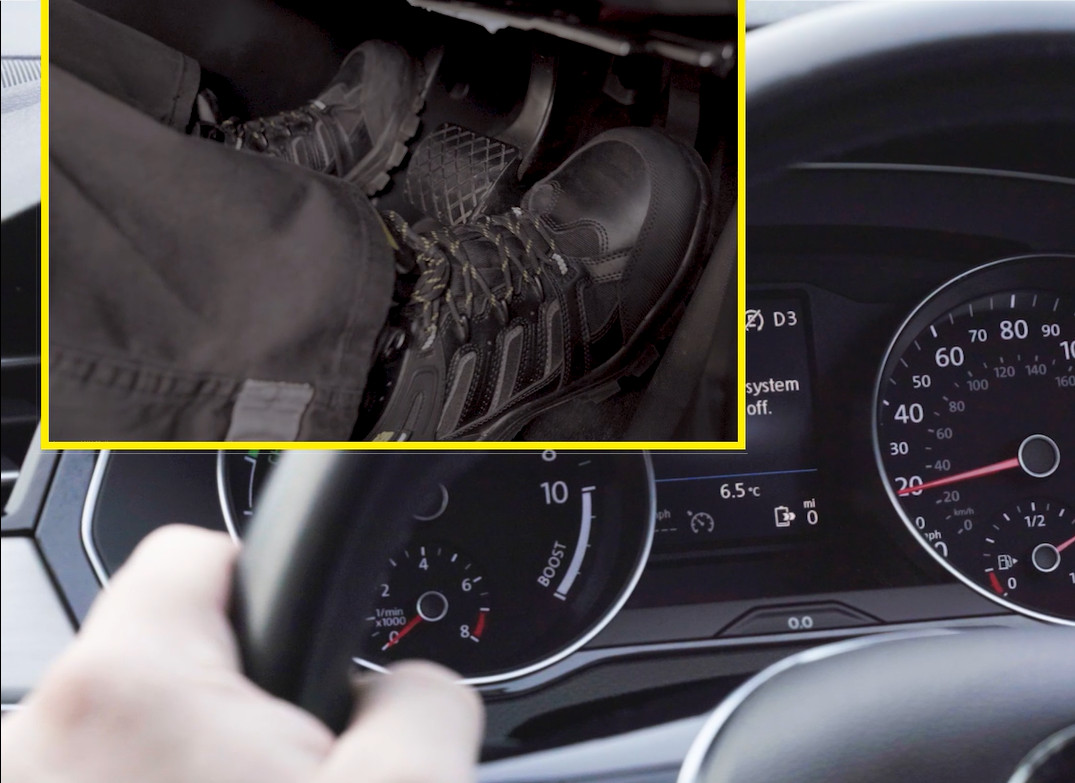
Brake carefully to prevent overheating
Harsh braking conditions can also cause the pads to overheat and will affect the braking performance. Therefore, drivers should avoid hard, regular braking that will generate excessive heat in the brakes. There should be a delay between braking to prevent heat build-up. Additionally, drivers should avoid exposing the new brakes to extreme loads during the bedding-in phase.
The importance of checking brake fluid
We also recommend explaining the importance of regular brake fluid checks and replacement to customers. Brake fluid deteriorates over time and is not greatly affected by distance travelled. Conventional brake fluids are hygroscopic, meaning they attract and absorb moisture from the atmosphere.
This process will take place throughout the service life, even though brake fluid is in a “sealed” brake system, as water vapour molecules are able to slowly penetrate the flexible rubber brake hoses.
Over time, this results in a decline in the boiling point of the brake fluid and increases the risk of corrosion to metal components. As the volume of moisture in the brake fluid increases, the boiling point will eventually reach a critical level where it becomes dangerous. Always follow the vehicle manufacturer’s recommendation on when to change the brake fluid. If no recommendation is given, for optimum safety the brake fluid should be changed every 18 months.
Take the opportunity after brake replacement to talk to customers about other types of brake maintenance, including aftercare, bedding in, and checking the fluid. These simple yet effective tips will maximise the performance and longevity of the brake pads for the customer.
About TMD Friction
TMD Friction is a leading global supplier of high-quality brake friction solutions to the automotive and brake industries. The company develops and manufactures disc brake pads and drum brake linings for passenger cars and commercial vehicles.
TMD Friction supplies vehicle manufacturers with premium products for original equipment, as well as being a driving force in the international aftermarket with the brands Textar, Mintex, Don, Pagid, Cobreq and Bendix. The product portfolio also includes brake friction products for motor racing under the Pagid Racing and Mintex Racing brands and for industry applications under the Cosid brand.
TMD Friction Group employs more than 4,200 people worldwide with locations across Europe, the Middle East, the USA, Brazil, Mexico, China and Japan.

